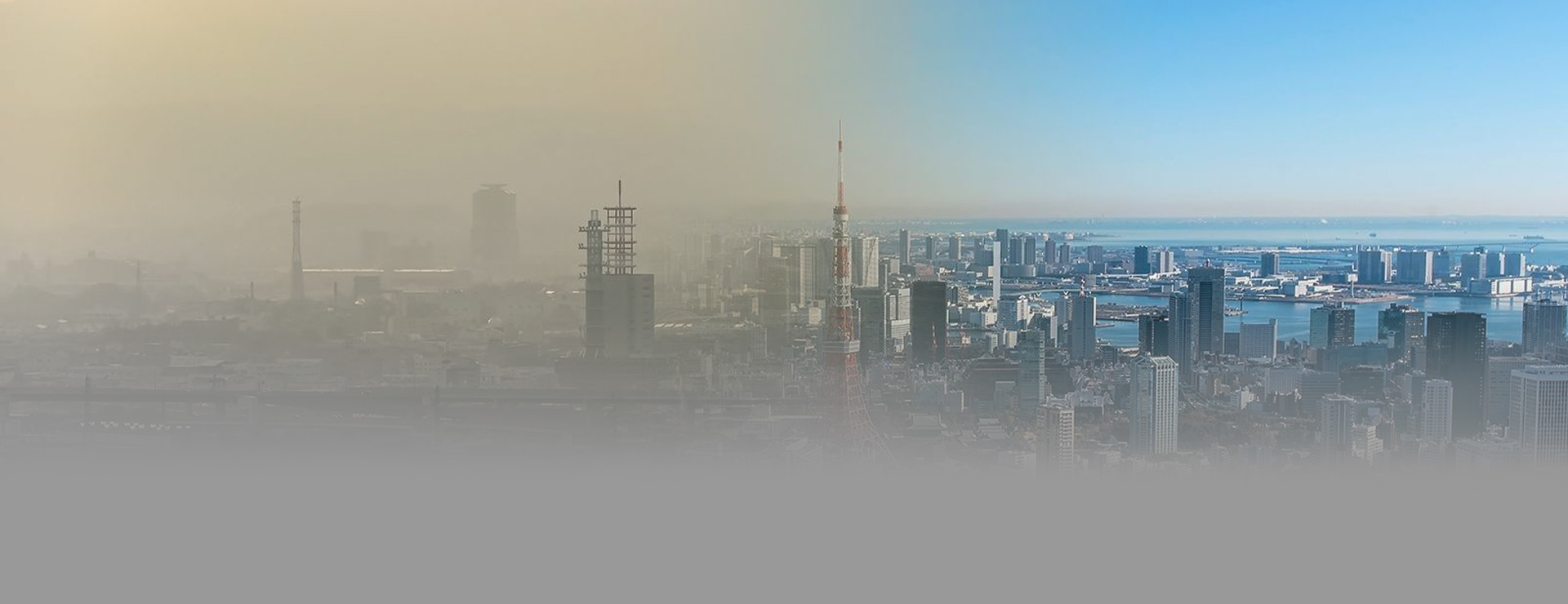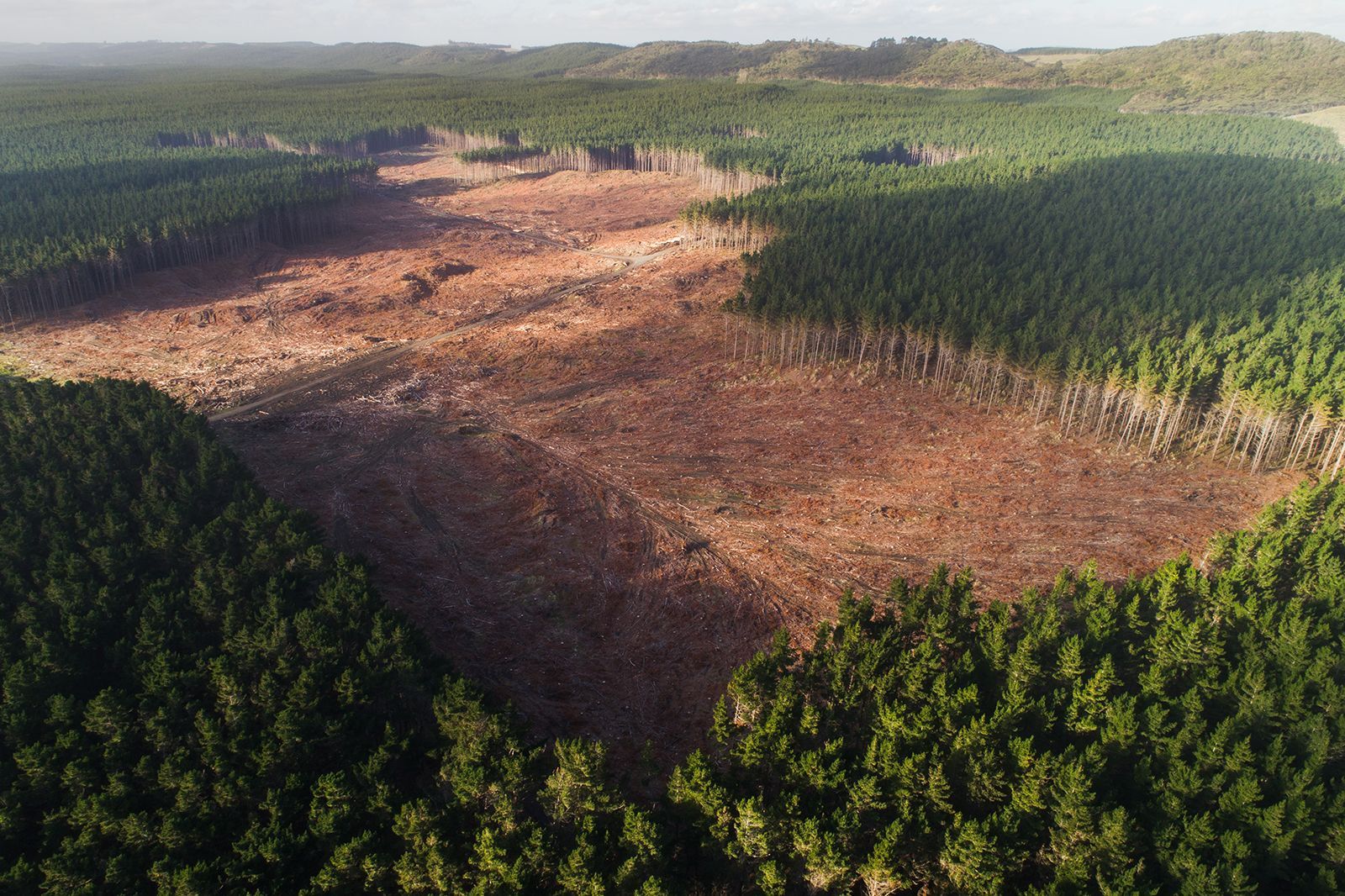
Worldwide air quality
The pandemic and (un)expected air pollution effects

Global responses to the SARS-CoV-2 coronavirus have thrown an unintended light on one of the world’s greatest health hazards: air pollution. The extreme restrictions placed on economic activity and normal human movement have had an instant effect on air quality – not just in notorious pollution hotspots, but right across the globe.
For the first time ever, we have been able to see what happens when air pollution is radically reduced, overnight. Because travel has been so restricted, people have simply not been generating the direct and indirect emissions they used to.
Although the restrictions on air travel were the most headline-grabbing example, government policies worldwide also had huge impacts on other sources of polluting transport. This included not just conventional cars, buses and motorcycles, but also “green” electric vehicles, which often draw their electricity from polluting forms of power generation.
One segment of transportation that has not been scaled back by the measures is considered one of the highest sources of air pollution: freight shipping. After an initial slowdown, this has bounced back to record levels as retailers struggle to supply surging demand for consumer goods to the extent that there is currently a global shortfall in container capacity. [Source]
Mixed messages
Nevertheless, the 2020 World Air Quality Report produced by the Swiss-based air quality technology company IQAir detailed some remarkable drops in global pollution levels. At the same time, however, other events to some extent canceled out these reductions.
The IQAir report data confirms that highly populated regions of South and East Asia remain the most polluted globally, with Bangladesh, China, India and Pakistan having between them 49 of the 50 most polluted cities worldwide. Nevertheless, 65 % of all cities worldwide experienced improvements in air quality during 2020 compared to 2019, while 84 % of countries saw overall improvements.
Although this may be reason to celebrate – certainly for the urban populations most at risk from extreme air pollution – it is certain to be short-lived. The improvements were derived from responses to the pandemic that are not economically sustainable. Once the global economy has been freed from pandemic-related restrictions, we can expect a rapid return to previous levels.
At the same time as global air quality improved, a spate of adverse events including wildfires and dust storms resulted in major localized air pollution spikes. Record-breaking wildfires ripped through parts of the United States, Australia, Siberia and South America, while Indonesia and areas of Africa experienced devastating agricultural fires.
While some explain these events in terms of climate change and global warming, very tangible human factors also contribute. Poor forest husbandry, forest clearance and intensive farming all create perfect conditions for such adverse events. Additionally, rapidly expanding and developing economies rely heavily on highly polluting coal-fired power stations.

Direct influences
What cannot be disputed are the direct effects of the measures taken in response to the pandemic.
With 31.2 million people living in the immediate metropolitan area, the Indian mega-city Delhi saw a total of seven pollutant parameters from 34 monitoring stations drop overnight by an average of more than 50 %.
The two particle fractions PM10 and PM2,5 fell by 60 % and 39 % respectively. [Source]
Further positive effects were witnessed in the western state of Gujarat, where NO2 levels in the two industrial centers of Ankleshwar and Vapi fell by a staggering 80.18 % [Source]. Similar concrete results based on robust data are evidenced in the analysis of the German Jülich Research Center. At the time of writing, their study has collated the results of over 150 international studies covering 12 pollutants in 357 cities and 77 countries.
One unexpected result in the UK was that air pollution had not just bounced back by December 2020 but was exceeding pre-lockdown levels [Source]. Some local authorities had taken the forced reduction as a sign that they could relax their ongoing measures, a view that now seems questionable.
What has the world learned?
While there have been significant and predictable localized reductions in air pollution at extreme pollution hotspots like Delhi, the wider global story is more nuanced. In some areas, after an initial drop, pollution levels were quickly back to normal by June, 2020. At the same time, many reductions were highly regional and it has not been possible to draw robust global conclusions, with wide variations in specific pollutant concentrations and general “toxic cocktails”. [Source]
The pandemic provided one “benefit” – the ability to look at the real-world impact of reducing emissions as opposed to only working with simulations.
explained Fei Lui, an atmospheric scientist at NASA's Goddard Space Flight Center in the US. “Before the pandemic, we just did simulation. This time, it really happened.” [Source] Climate scientists are now analyzing the data. How and to what extent their conclusions will affect future political policies is going to make interesting reading.
 automotive filtration insight
automotive filtration insight